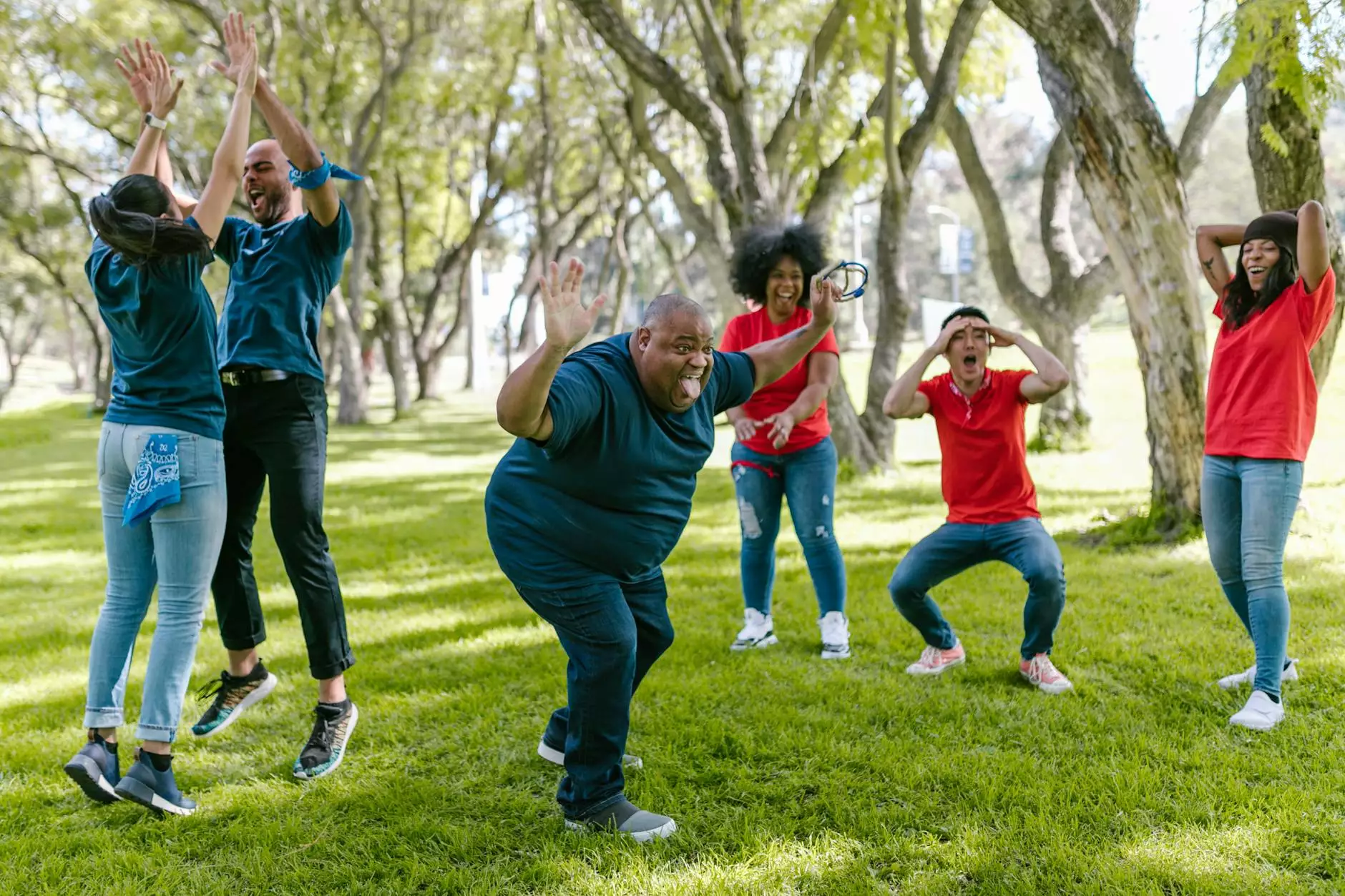Key Factors to Successfully Gamify Your Corporate Training
Blog
The Power of Gamification in Corporate Training
In today's fast-paced business world, companies are constantly seeking innovative ways to optimize their corporate training programs. One increasingly popular and effective method is gamification. Gamifying your training not only engages and motivates your employees, but also enhances their learning experience, resulting in improved performance and better retention of information.
What is Gamification?
Gamification is the application of game mechanics and elements in non-game contexts, such as corporate training. By incorporating elements like points, badges, leaderboards, and challenges into training activities, employees are motivated to actively participate and achieve their goals. This concept taps into our natural human desire for competition, achievement, and rewards, making the learning process more enjoyable and effective.
Key Factors for Successful Gamification in Corporate Training
1. Clearly Define Training Objectives
Before embarking on gamifying your corporate training, it is important to clearly define your training objectives. Identify what specific skills or knowledge you want your employees to acquire or improve through the training program. Clear objectives will ensure that the gamified elements align with your training goals and provide a meaningful learning experience for your employees.
2. Understand Your Audience
Understanding your target audience is crucial when designing a gamified training program. Consider factors such as age, educational background, and familiarity with technology. Tailor the gamification elements to suit their preferences and learning styles. A well-designed program that caters to your employees' needs and interests will lead to higher engagement and better learning outcomes.
3. Design Engaging Game Mechanics
The success of a gamified training program relies heavily on the design of game mechanics. Choose game elements that align with your training objectives and create a sense of challenge and progression. Incorporate points, levels, and rewards strategically to motivate employees to complete training tasks and activities. Introduce competition through leaderboards or team challenges to foster a sense of camaraderie and engagement.
4. Provide Immediate Feedback
Feedback is a crucial component in gamified training. Incorporate mechanisms that provide immediate feedback to employees on their performance. This helps them gauge their progress, identify areas for improvement, and stay motivated. Instant feedback also allows for timely reinforcement of desired behaviors, enhancing the effectiveness of the training program.
5. Include Social Elements
Integrating social elements into your gamified training program can further enhance engagement and collaboration among employees. Incorporate features that allow employees to interact with one another, share achievements, and compete or collaborate in team-based activities. Peer recognition and interaction can boost motivation, foster a sense of community, and facilitate knowledge sharing.
6. Measure and Analyze Performance
Collecting data and analyzing performance metrics is essential to evaluate the effectiveness of your gamified training program. Track employee progress, completion rates, and performance outcomes to gain insights into the program's impact. Use this data to refine and improve the training program over time, ensuring continuous learning and development for your employees.
The Benefits of Gamified Corporate Training
Gamifying your corporate training has numerous benefits for both your employees and your organization:
1. Higher Engagement and Motivation
By incorporating game elements, your employees are more likely to be actively engaged and motivated to participate in the training program. The competitive nature of gamification drives individuals to strive for success and achieve their goals, resulting in a higher level of engagement and motivation.
2. Improved Learning Outcomes
Studies have shown that gamified training leads to improved learning outcomes. The interactive and immersive nature of gamification promotes active learning and better information retention. Employees are more likely to remember and apply what they have learned, leading to increased knowledge and skill development.
3. Increased Employee Performance
Gamification can positively impact employee performance by providing clear goals, offering immediate feedback, and promoting healthy competition. This can lead to enhanced productivity, better job performance, and a more skilled workforce. Improved performance ultimately contributes to the overall success of your organization.
4. Enhanced Team Building and Collaboration
Gamified training often includes team-based activities or challenges, fostering a sense of teamwork and collaboration among employees. By working together towards a common goal, employees build stronger relationships, develop effective communication skills, and learn to collaborate efficiently. These team-building benefits can extend beyond the training program into daily work interactions.
Next Steps for Successful Gamified Corporate Training
Now that you understand the key factors for successfully gamifying your corporate training, it's time to take action. Partnering with a trusted digital marketing provider like SEO On Line Marketing Results can help you implement a highly effective gamified training program. With our expertise in the Business and Consumer Services - Digital Marketing industry, we can tailor a solution specifically for your organization's needs.
Contact SEO On Line Marketing Results today and revolutionize your corporate training with the power of gamification!










